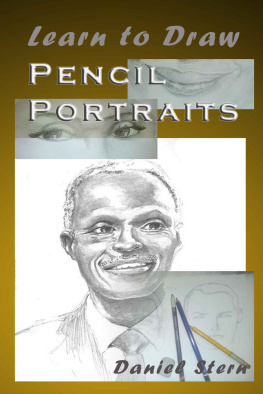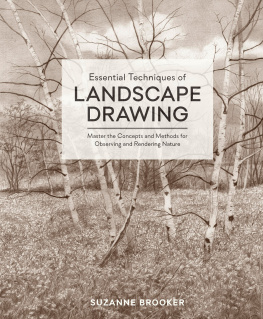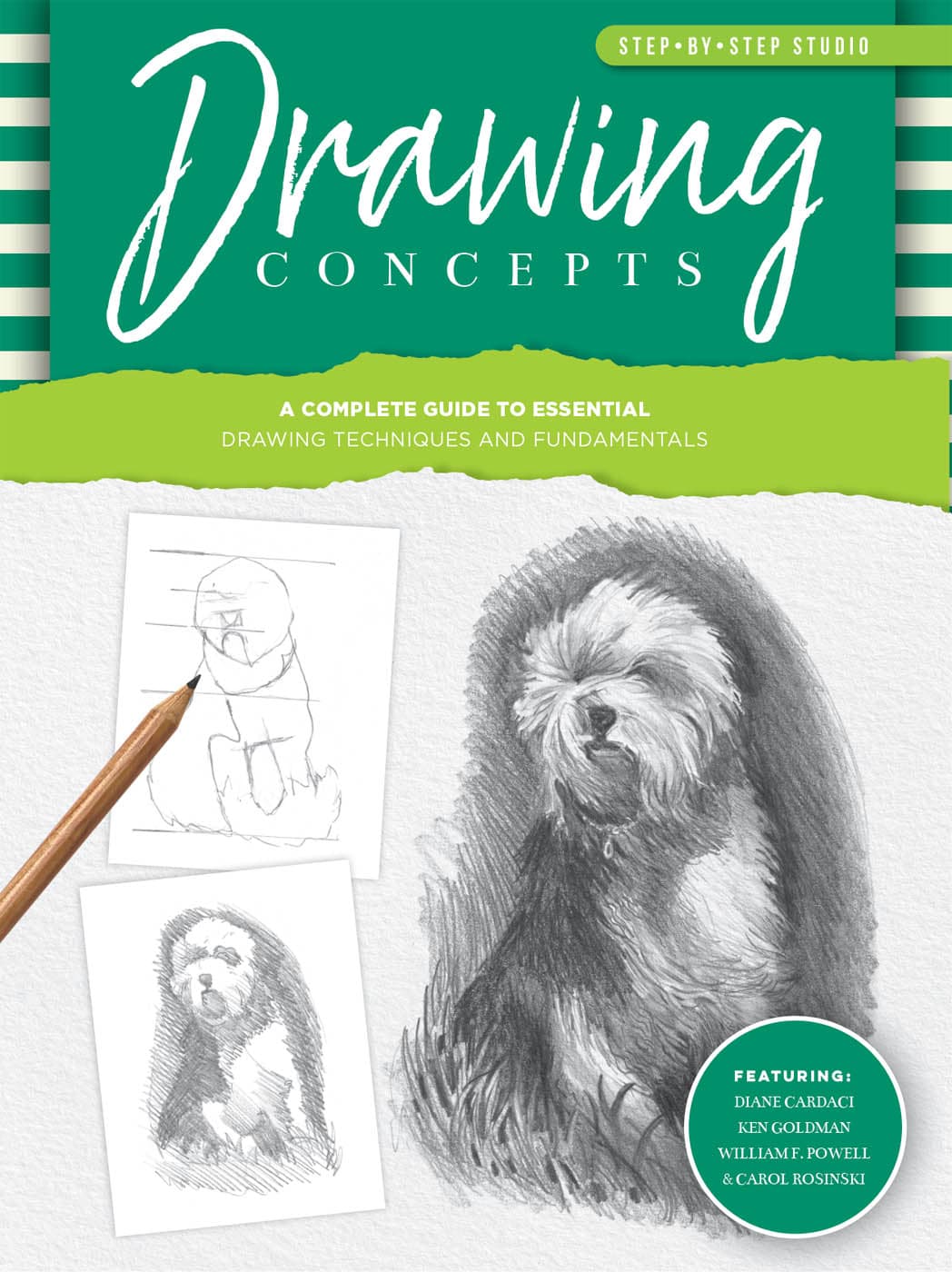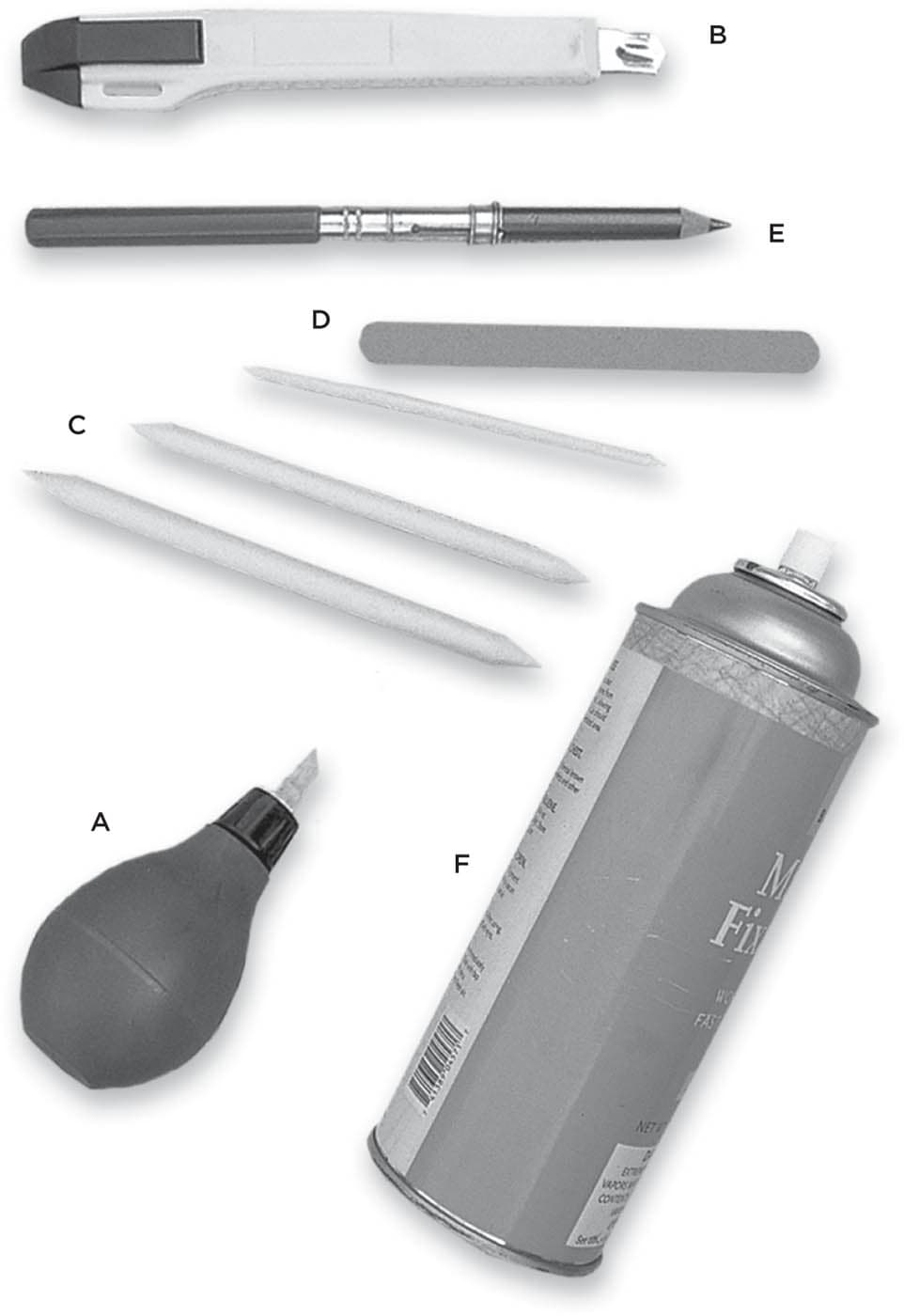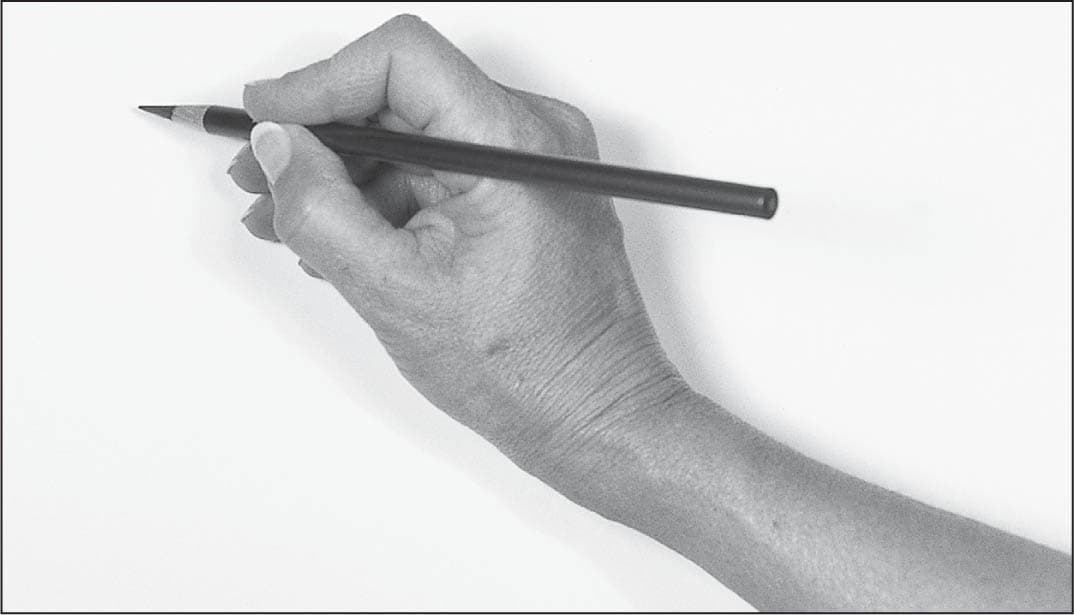Ken Goldman - Drawing Concepts: A Complete Guide to Essential Drawing Techniques and Fundamentals
Here you can read online Ken Goldman - Drawing Concepts: A Complete Guide to Essential Drawing Techniques and Fundamentals full text of the book (entire story) in english for free. Download pdf and epub, get meaning, cover and reviews about this ebook. year: 2021, publisher: Walter Foster Publishing, genre: Home and family. Description of the work, (preface) as well as reviews are available. Best literature library LitArk.com created for fans of good reading and offers a wide selection of genres:
Romance novel
Science fiction
Adventure
Detective
Science
History
Home and family
Prose
Art
Politics
Computer
Non-fiction
Religion
Business
Children
Humor
Choose a favorite category and find really read worthwhile books. Enjoy immersion in the world of imagination, feel the emotions of the characters or learn something new for yourself, make an fascinating discovery.

- Book:Drawing Concepts: A Complete Guide to Essential Drawing Techniques and Fundamentals
- Author:
- Publisher:Walter Foster Publishing
- Genre:
- Year:2021
- Rating:5 / 5
- Favourites:Add to favourites
- Your mark:
Drawing Concepts: A Complete Guide to Essential Drawing Techniques and Fundamentals: summary, description and annotation
We offer to read an annotation, description, summary or preface (depends on what the author of the book "Drawing Concepts: A Complete Guide to Essential Drawing Techniques and Fundamentals" wrote himself). If you haven't found the necessary information about the book — write in the comments, we will try to find it.
Step-by-Step Studio: Drawing Concepts offers the fundamental information beginning artists need to kick off their creative pursuits in graphite pencil.
Featuring in-depth instruction on composition, value, creating textures, using and manipulating photo references, and more, Step-by-Step Studio: Drawing Concepts is the perfect guide for you as a beginning or intermediate artist. After an introduction to art tools and materials and very basic techniques, four accomplished artists offer insight, tips, and helpful demonstrations that illustrate important art concepts and techniques. You will also find an impressive and varied selection of step-by-step projects to re-create, including still lifes, flowers, animals, landscapes, and portraits in the four sections.
Values: Covers shapes, form, the light source, how to create depth, and the elements of design.
Dynamic Compositions: Discusses viewpoint, the golden mean, symmetry and asymmetry, focal points, landscapes, and negative space.
Realistic Textures: Focuses on rendering the many different textures found in traditional still lifes, animals, people, plants and flowers, and landscapes.
Step-by-Step Exercises: Includes additional drawing projects, such as a teddy bear, landscape, horse, floral still life, portrait of a girl, and fruit and wine.
Throughout the book, artists Ken Goldman, William F. Powell, Diane Cardaci, and Carol Rosinski offer practical and easy-to-understand drawing techniques and art principles. The journey through Step-by-Step Studio: Drawing Concepts is not about making perfect drawings; its about making each drawing better than the one before it, while having a great time.
The books in the Step-by-Step Studio series are project driven and introduce beginning artists to the fundamental tools and techniques of their chosen medium. Easy-to-follow step-by-step projects help beginners hone their skills while creating artwork across a variety of subjects, from still life and landscapes to animal portraits and botanicals.
Ken Goldman: author's other books
Who wrote Drawing Concepts: A Complete Guide to Essential Drawing Techniques and Fundamentals? Find out the surname, the name of the author of the book and a list of all author's works by series.

